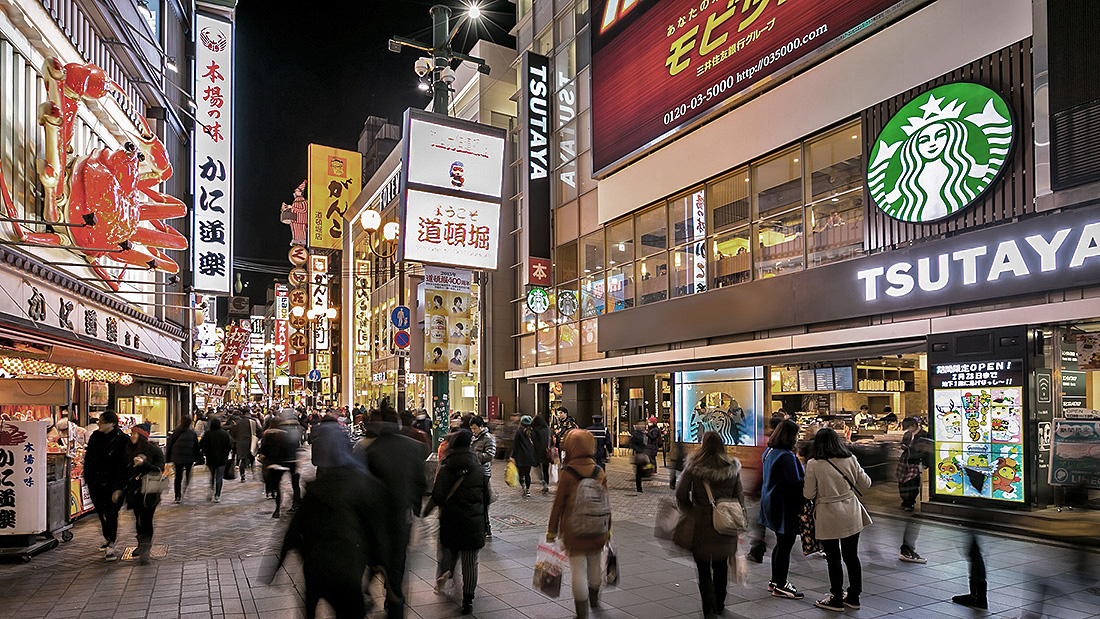
In our work in various regions of the world, we’ve always been curious about the “great streets,” one of the oldest and most vital of gathering places in most regions and communities. Sometimes these same factors come into play in creating urban villages, town centers, and malls, in urban and exurban locations. The accompanying image is the Kaufingerstrasse in Munich, which illustrates many of the “great street” ideas described here.
- Great Streets have people on the street. Most people like to “go where the people are” and “great streets” provide such a setting.
- Great Streets have a palpable busy energy, exhibiting a connectivity of the street to surrounding populations. This brings basic human energy, special events, product launches, and interstitial activities – together, a desirable chaos.
- Great Streets, with few exceptions, have large nearby populations that fuel such energies. These populations can be residential, employment, or tourists, or a combination of all three.
- Great Streets tend to provide moments of personal engagement, creating moments. Such engagement can come from activities large or small.
- Great Streets typically have terrific adjacencies and connectivity, as well as attractive approaches, to surrounding areas, that encourage visitation, a community role, circulation, and few perceived barriers to entry and participation.
- Great Streets resolve the relationship with the automobile and other transit, in ways that provide primacy to the pedestrian experience.
- Great Streets have an experiential human scale, including basic street widths, building heights, sight-lines, visual cues in approach zones, and comfortable walking distances.
- Great Streets typically have an interesting urban design, or architecture, or both, providing an interesting backdrop or “liner” to guest movement through the “great street” corridor.
- Great Streets provide ample opportunities for people go “gather and stare,” to linger, and to enjoy being among one’s fellows, and of course, to observe those we do not know.
- Great Streets tend to cultivate a sense of individual personal ownership of all or part of the communal place, a sense that “I am of this place” and belong here.
- Great Streets have a “bigger than you” resonance, an almost ethereal opportunity for one human being to connect to greater humanity, to the collective whole community.
- Great Streets have a capacity to evolve and freshen, and in the best of circumstances, to provide a sense of being “built over time.”
- Great Streets provide a sense of history, a kind of reservoir of our communal best moments. Generally, the world’s greatest retail streets enjoy rich histories, often dating back a century or more to their origins. But consumers have also accepted faux historical environments and back stories.
- Great Streets tend to have excellent retail rhythms, the interplay of signage, storefronts, street widths, and the like, that creates the “retail credibility” of the location. The eyes literally engage and “dance” through the three-dimensional physical environment, searching for visual cues, and the additional sense of touch and smells, and emotional resonance, that comes with a comfortable stroll through such an environment.
- Among those “great streets” that are also top retailing streets, there is also the sensibility of “place prestige.”
- Great Streets typically have some kind of districting, of effective co-tenanting, and choice, so that tenants trust their location, the street, their fellow tenants, and the collective ability of all tenants to establish a “destination place.”
- Great Streets become the “heart and soul” of their host communities, a unique place of camaraderie, ritual, and gathering. This implies a social, cultural, and functional role that goes well beyond retailing.
- Great Streets are places of traditions and shared values. The Tour de France finishes on the Champs Elysees on each running, providing the avenue with a special role in French society.
- Great Streets are typically home to “category killing” retailing, dining, and cultural/educational experiences. Larger such anchor tenants and venues provide additional “destination visits” establishing the reputation of the street, as well as a core constituency.
